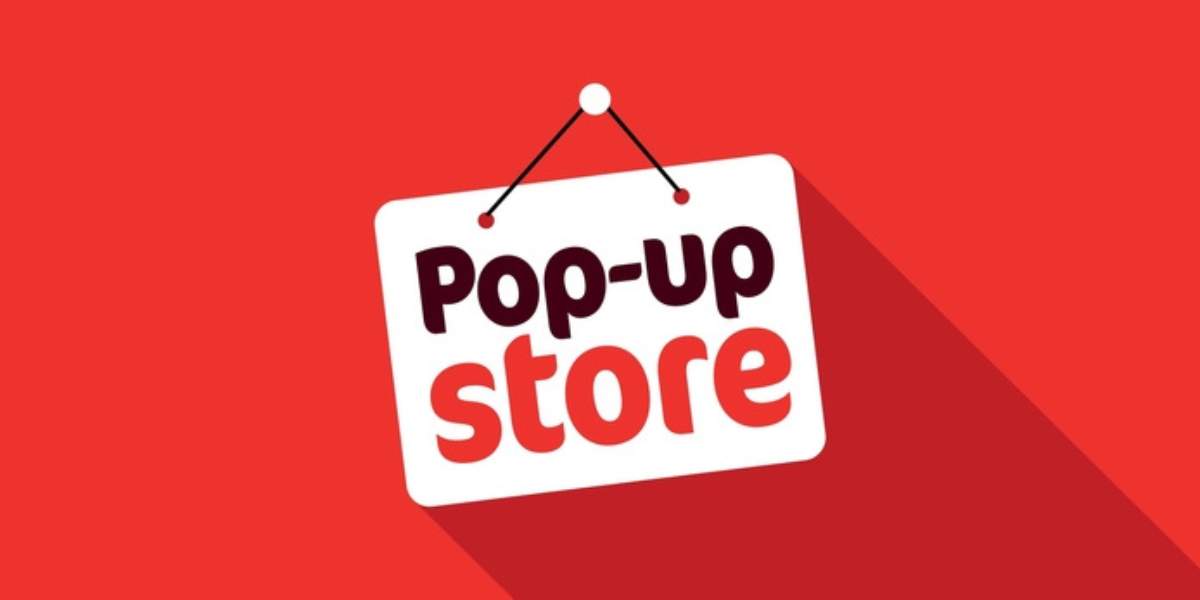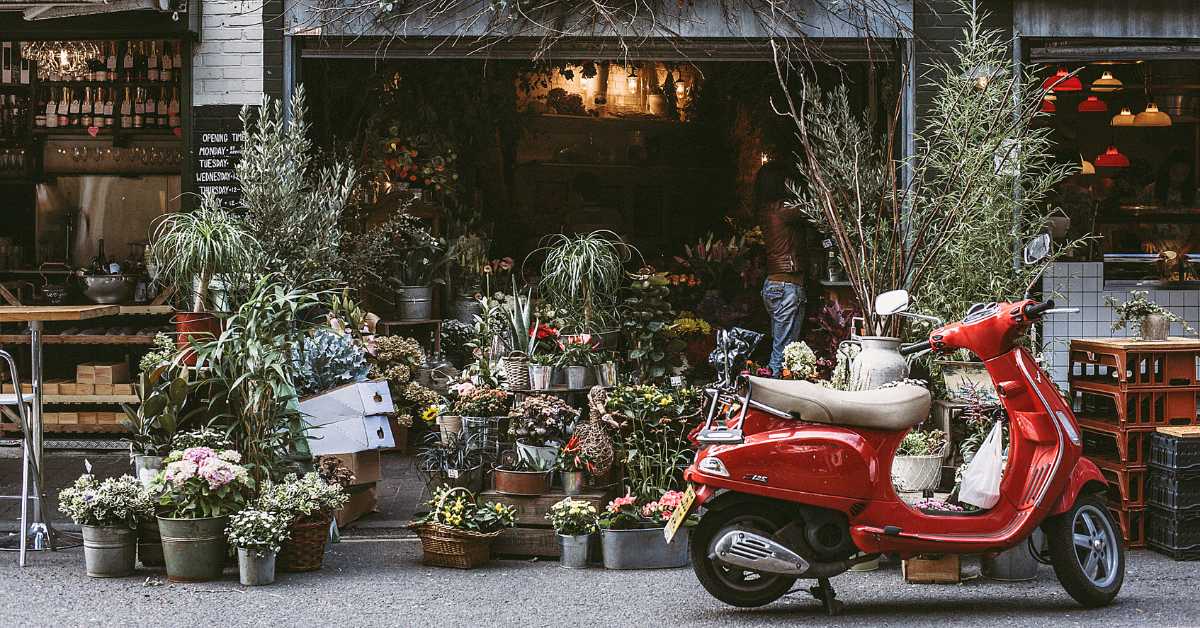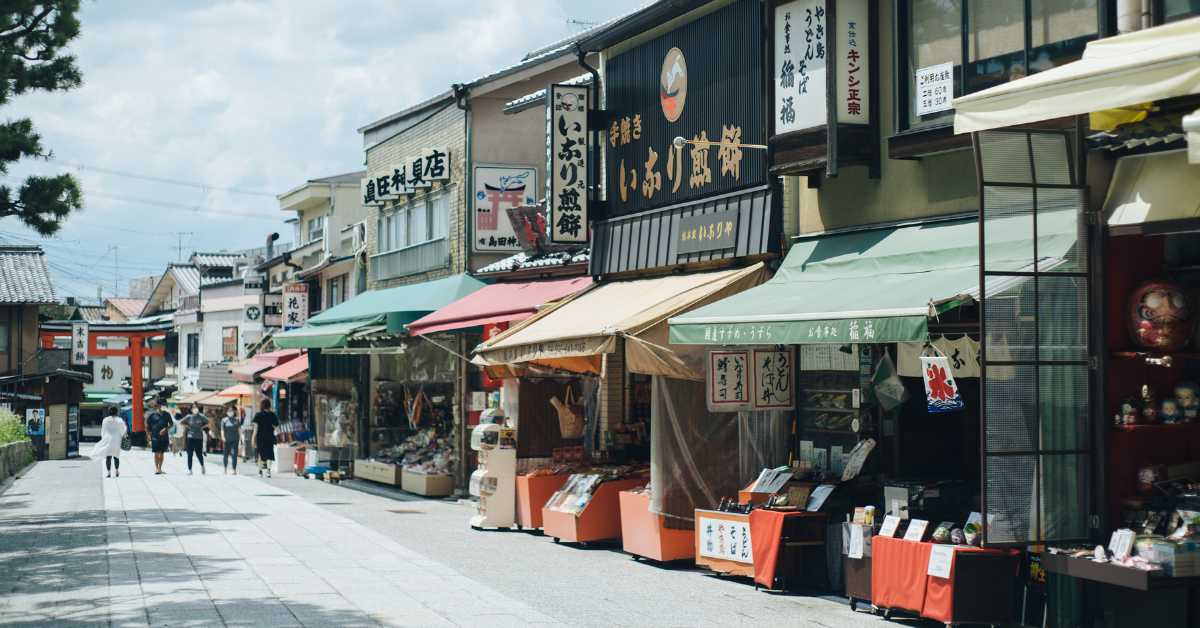In the fast-paced and ever-evolving world of retail, staying ahead of the competition and capturing the attention of customers are paramount to success. Traditional brick-and-mortar stores are facing new challenges and opportunities, and one trend that has taken the market by storm is the rise of pop-up retail. These temporary, short-term retail spaces, also known as pop-up stores, have emerged as a powerful and innovative way for brands to engage with customers, promote new products, and create unique shopping experiences. In this blog, we’ll dive deep into the pop-up retail phenomenon, exploring its past, present, and future, and highlighting the role of technology, particularly AI, in shaping this dynamic landscape.
The Pop-up Store Revolution
From Humble Beginnings: The concept of pop-up store is not entirely new. It traces its origins back to the early 2000s when enterprising individuals and brands began experimenting with temporary storefronts. These early pop-up stores often appeared in vacant spaces for a short duration, typically during the holiday season. Their primary purpose was to create a sense of urgency and excitement among shoppers. However, what started as a novelty quickly evolved into a full-fledged retail trend.
The Evolution Continues: Pop-up store has come a long way since those early days. Today, it encompasses a wide range of experiences, from high-end luxury brand pop-ups to niche art installations. These temporary stores can be found in various locations, including shopping malls, city streets, and even within larger retail establishments. Pop-up retail has grown into a dynamic and versatile strategy that allows brands to experiment with physical retail without the long-term commitment of a traditional lease.
Why Pop-up Stores Matter
Creating Buzz and Engagement: One of the primary reasons pop-up stores matter is their ability to generate buzz and engagement. The temporary nature of these stores creates a sense of urgency and excitement among consumers. People are more likely to visit a pop-up store when they know it won’t be there for long, which drives foot traffic and encourages word-of-mouth marketing.
Testing New Markets: For brands looking to expand their reach, pop-up stores offer a low-risk way to test new markets. Whether it’s a new city, a different neighborhood, or an entirely new demographic, pop-ups provide a valuable opportunity to gauge customer response and gather insights without committing to a long-term lease.
Building Authentic Connections: In an age dominated by e-commerce and digital interactions, face-to-face customer interactions have become more valuable than ever. Pop-up stores allow brands to develop authentic connections with their audience, fostering trust and loyalty that extends beyond the temporary storefront.
Showcasing New Products: Pop-up stores serve as a stage for brands to launch and showcase new products. By providing a physical space for customers to touch, feel, and experience these offerings, brands can make a lasting impression and drive sales.
The Impact of E-commerce
Bridging the Online-Offline Gap: The rise of e-commerce has transformed the retail landscape. While online shopping offers convenience, many consumers still value physical retail experiences. Pop-up stores bridge the gap between online and offline shopping, providing a tactile and immersive experience while maintaining a digital presence.
Enhancing the Omnichannel Experience: Successful retailers recognize the importance of an omnichannel approach, where the customer journey seamlessly integrates online and offline touchpoints. Pop-up retail plays a crucial role in enhancing the omnichannel experience, offering customers multiple ways to engage with a brand.
Technology and Pop-up Store
The Role of AI: As technology continues to reshape retail, artificial intelligence (AI) has become a driving force in pop-up retail’s evolution. AI-powered platforms like Popup2gether are changing the game by intelligently matching vendors with strategic storefronts, maximizing foot traffic, and driving revenue for both brands and landlords.
Real-Time Data on Foot Traffic: One of the key challenges in running a pop-up store is understanding customer behavior and foot traffic patterns. AI-driven platforms, equipped with smart cameras, provide real-time data on the number of visitors, peak shopping hours, and popular areas within the store. This valuable information allows vendors to make data-driven decisions, such as adjusting staffing levels during busy times or optimizing product displays to maximize customer engagement.
Optimizing Product Placement: The strategic placement of products within a pop-up store can significantly impact sales and customer experience. AI-powered platforms can analyze customer movement and interactions with products, helping vendors identify high-traffic areas and hotspots within the store. Vendors can increase visibility and boost sales by strategically placing products in these areas.
Personalized Customer Experience: Predictive analytics, driven by AI, are crucial in creating a personalized customer experience within a pop-up store. These platforms can tailor product recommendations to individual shoppers by analyzing historical data and customer preferences. This level of personalization enhances the overall shopping experience and increases the likelihood of converting visitors into customers.
Inventory Management and Demand Forecasting: Managing inventory in a pop-up store can be challenging due to limited space. AI-powered platforms utilize predictive analytics to forecast product demand, helping vendors optimize their inventory levels. By understanding which products are likely to sell quickly, vendors can ensure they have the right amount of stock on hand, avoiding stockouts and overstocking.
Performance Evaluation and Continuous Improvement: The data collected through intelligent cameras and predictive analytics also enables vendors to evaluate the performance of their pop-up stores. By analyzing sales data, customer behavior, and other relevant metrics, vendors can identify areas of improvement and fine-tune their strategies for future pop-up events.
The Consumer Perspective
A Unique and Exciting Experience: From a consumer perspective, pop-up stores offer a unique and exciting shopping experience. Limited-time offers, exclusive products, and immersive brand activations create a sense of urgency and excitement that traditional stores often lack.
Convenience and Engagement: Consumers value the convenience of online shopping, but they also seek engaging and memorable offline experiences. Pop-up stores provide an opportunity for customers to interact with products, try them on, and engage with brand representatives.
The Power of Limited-Time Offers: Limited-time offers and exclusivity are powerful motivators for consumers. Knowing that a product or experience is only available for a short time can drive consumers to visit a pop-up store and make purchases.
Pop-up2gether’s Contribution
Introducing Popup2gether: In the dynamic world of pop-up retail, Popup2gether has emerged as a game-changer. This innovative platform leverages the power of AI and data analytics to create highly complementary product portfolios within pop-up locations. It intelligently matches vendors with strategic storefronts, ensuring that brands are placed in areas that maximize their exposure and potential sales.
Maximizing Foot Traffic and Revenue: One of the most significant challenges for pop-up stores is attracting a substantial flow of foot traffic. Popup2gether addresses this concern by strategically placing vendors in high-traffic locations that resonate with their target audience. By leveraging predictive analytics, the platform optimizes product placements, assists vendors in making data-driven decisions, and ultimately leads to higher footfall and increased revenue.
Empowering Brands and Landlords: Popup2gether benefits not only brands but also landlords. It fills vacant retail spaces with vibrant and engaging pop-up stores. The platform charges a finder’s fee of 5% of the rental price, providing landlords with a seamless way to connect with brands seeking short-term rental opportunities. This mutually beneficial relationship fosters a dynamic retail landscape with increased opportunities for both parties.
The Future of Pop-up Store
Predicting Future Trends: As we look to the future, several trends and developments are shaping the pop-up retail landscape. The continued growth of e-commerce and the integration of technology will play a pivotal role. Pop-up stores will become more diverse and innovative, catering to a wide range of industries and demographics.
Preparing for the Future: Brands and landlords need to prepare for the future of pop-up retail by embracing technology and staying agile. The collaborative nature of pop-up retail will open up exciting possibilities, creating dynamic and engaging consumer shopping experiences.
In conclusion, pop-up retail has become a dynamic and innovative strategy for brands and landlords alike. These temporary and flexible retail spaces offer a host of benefits that traditional long-term leases cannot match. As the retail landscape continues to evolve, embracing technology, particularly AI-driven platforms like Popup2gether, will be crucial for brands and landlords looking to create memorable and successful pop-up experiences. By leveraging data-driven insights, pop-up stores can become immersive and seamless retail destinations, offering customers an unforgettable shopping experience while empowering vendors to make data-driven decisions for their business success. Pop-up retail is not just a trend; it’s a retail revolution that is here to stay.
The future of retail is indeed exciting, and pop-up retail is at the forefront of this transformation. As Popup2gether and similar platforms continue to shape the landscape, we can expect even more innovative and engaging pop-up experiences in the years to come. Stay tuned for the next chapter in the evolution of retail, where technology and creativity converge to redefine the shopping experience.




